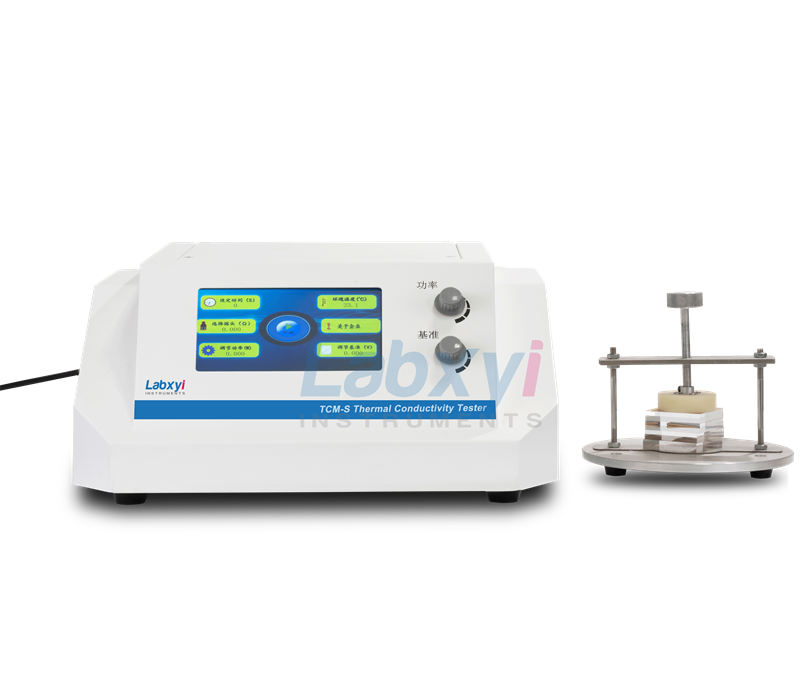In the field of construction, thermal insulation bricks have become an important material for building envelopes due to their excellent thermal insulation performance. Thermal conductivity, as the core parameter for measuring the performance of thermal insulation bricks, directly affects the energy consumption of buildings and the quality of indoor thermal environment. However, how to accurately measure the thermal conductivity of thermal insulation bricks is of great significance to building energy-saving design, thermal insulation material research and development, and quality control.
1. Definition of thermal conductivity of insulation bricks
1.1 What is thermal conductivity?
Thermal conductivity refers to the energy transferred through an area of 1m2 in 1s when the temperature difference between the two surfaces of a 1m thick material is 1k under stable heat transfer conditions. The unit is W/(m*k). It reflects the ability of a material to conduct energy. The smaller the thermal conductivity, the better the thermal insulation performance of the material.
1.2 Factors affecting thermal conductivity of insulation bricks
1.1.1 Material composition and structural composition. The type and proportion of raw materials and the internal pore structure of insulation bricks have a significant impact on thermal conductivity.
1.1.2 Temperature. Generally speaking, as the temperature rises, the molecular thermal motion inside the insulation bricks becomes intense and the thermal conductivity increases significantly.
1.1.3 Humidity. The intrusion of moisture will fill the gaps inside the insulation bricks. The thermal conductivity of water is much higher than that of air, and the thermal conductivity of the thermal insulation bricks will increase.
2. Experimental steps
2.1 Preparation before testing
Sample preparation: We selected an insulation brick with a smooth surface and a specification of not less than 100mm*100mm*10mm for testing.
2.2 Measurement method
This experiment used the transient heat source method, which is a measurement method that determines the thermal conductivity by measuring the temperature change when the material is heated or cooled instantly.
2.3 Experimental equipment
TCM-S thermal conductivity tester (produced by Xiangyi Instruments Xiangtan Limited).

2.4 Experimental procedures
2.4.1 Equipment calibration: Before the experiment begins, the thermal conductivity meter needs to be calibrated to ensure the accuracy of the test results. The calibration step includes coefficient calibration to ensure that the instrument can stably and accurately record data during the test.
2.4.2 Place the sample between the upper and lower clamps (as shown in the figure below) and adjust the required parameters according to the operating instructions, such as time (160), probe, power, and reference.

2.5 Experimental analysis
Indoor temperature fluctuates, and as the temperature rises, the thermal conductivity will increase significantly. The difference in pore size. Normally, the porosity of insulation bricks is high, and the thermal conductivity coefficient of small pore size tests will be low. When humidity increases, the thermal conductivity of insulation bricks will also increase significantly.
2.6 Experimental Conclusion
The thermal conductivity of insulation bricks is a key indicator to measure their thermal insulation performance. The lower the thermal conductivity, the better the thermal insulation performance. By accurately measuring the thermal conductivity of insulation bricks with a thermal conductivity meter, we can intuitively understand the quality of its insulation performance, thereby judging whether the insulation bricks meet the relevant quality standards and requirements, providing an important basis for engineering material selection.
